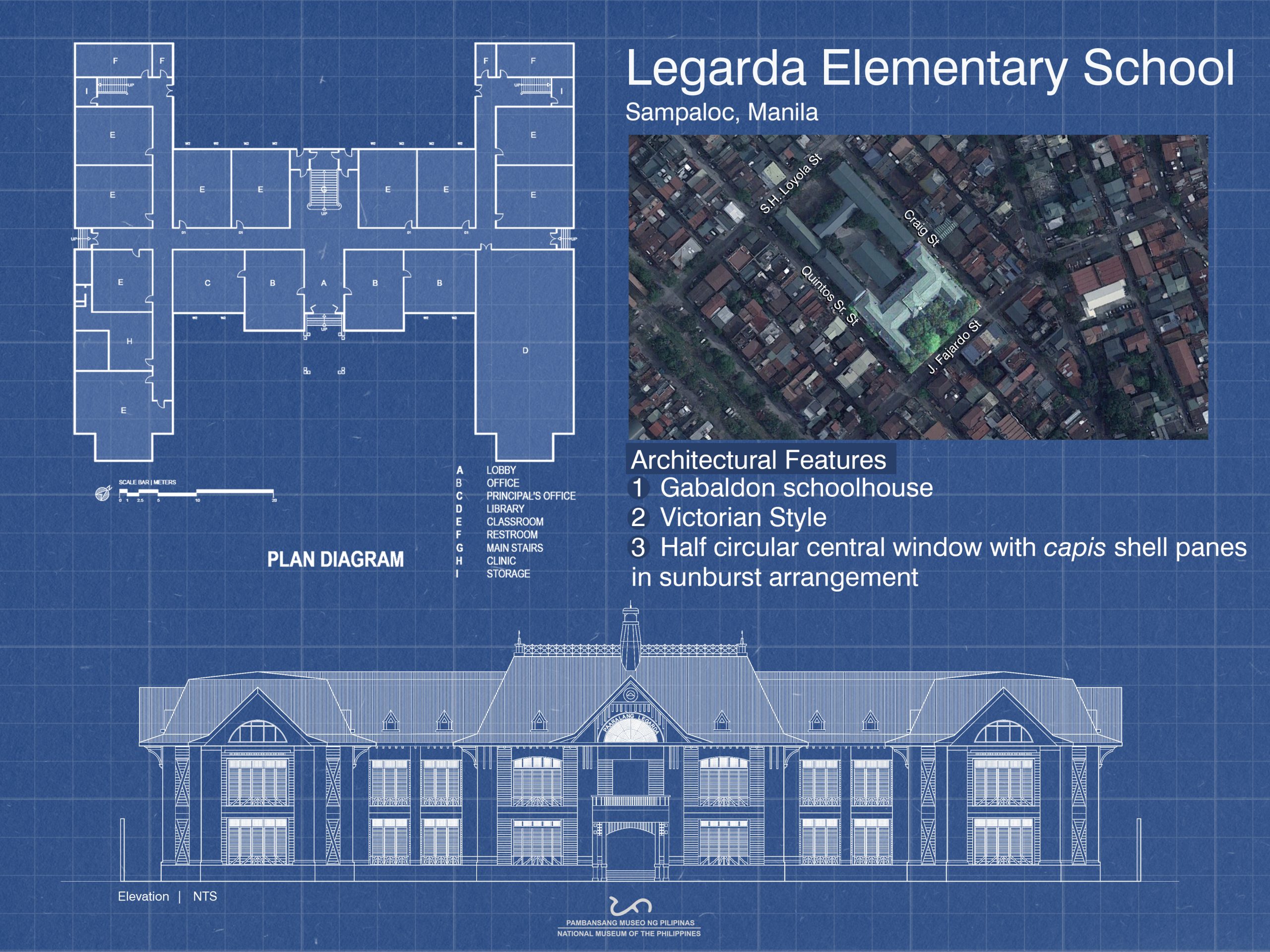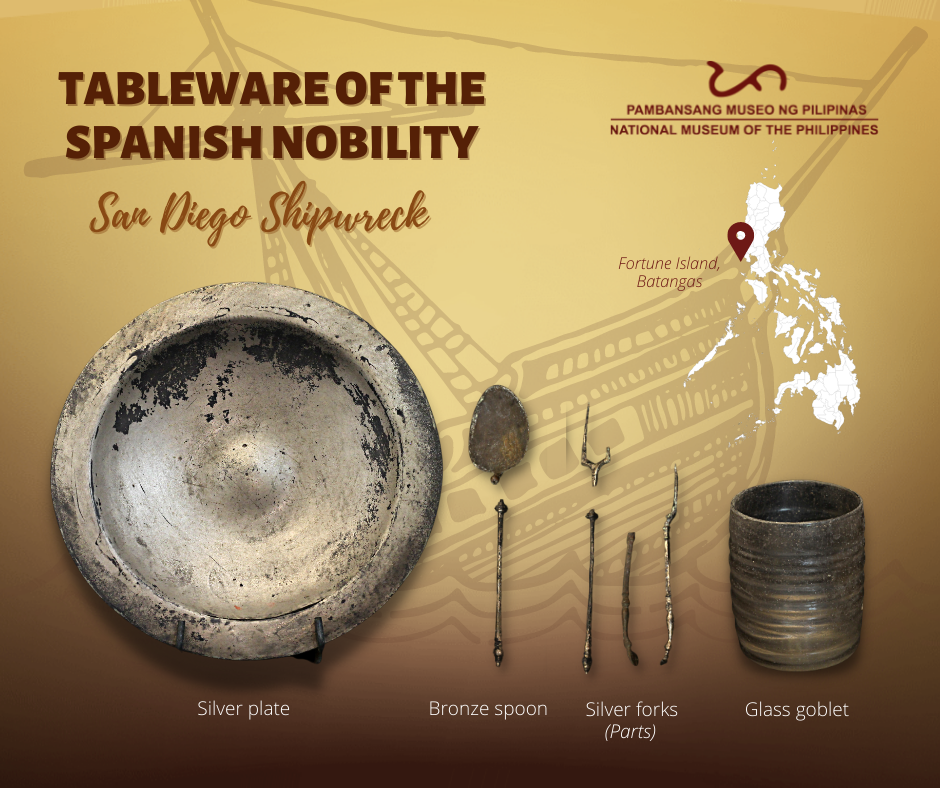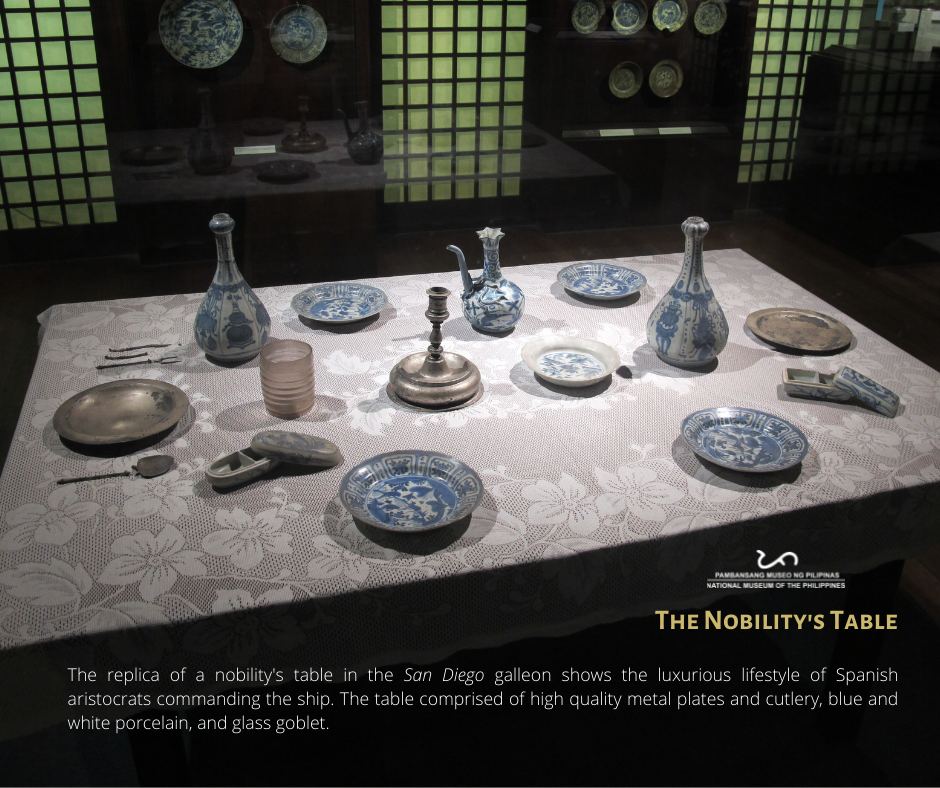Dignayan Biyernes – Galena, PbS, Lead Sulfide
Today’s #DignayanBiyernes features one of the 10 deadliest minerals in the world – galena.
Galena is the primary ore of lead and has a chemical composition of PbS or lead sulfide. It often contains silver and occurs in close association with antimony, copper, and zinc. The lead in dust particles of galena is toxic when inhaled or ingested but generally safe to handle when there are no dust particles present.
It exhibits perfect cleavage, has a bright metallic luster and distinct silver color. It tarnishes to a dull gray and has a specific gravity of 7.4 t0 7.6.
Galena is a natural semiconductor and is used in electronic gadgets and medical equipment we have today. It is also used in making batteries, cable covering, plumbing, ammunition, as a sound absorber, and as a radiation shield in x-ray equipment and nuclear reactors. It is also used in paints although with health hazards.
Galena deposits are found worldwide in various environments. In the Philippines, it is found in the provinces of Agusan del Sur, Apayao, Batangas, Benguet, Camarines Norte, Davao de Oro, Ifugao, Kalinga, Marinduque, Negros Oriental, Quirino, Rizal, Samar, South Cotabato, Zambales, Zamboanga del Norte, and Zamboanga del Sur.
If you want to know more about galena and other interesting minerals, you may book a tour at the National Museum of Natural History by visiting our website www.nationalmuseum.gov.ph.
Text and image by the NMP Geology and Paleontology Division
© National Museum of the Philippines (2021)





 Paaralang Legarda
Paaralang Legarda  Established in 1922,
Established in 1922,  One feature of Gabaldon schoolhouse are awning-type windows with capis shell panes originally seen on the main building of
One feature of Gabaldon schoolhouse are awning-type windows with capis shell panes originally seen on the main building of  The Legarda Elementary School exemplifies not only a venue of learning and development, but also a historical structure with aesthetic value worthy of preservation and appreciation. Drop by the
The Legarda Elementary School exemplifies not only a venue of learning and development, but also a historical structure with aesthetic value worthy of preservation and appreciation. Drop by the 







